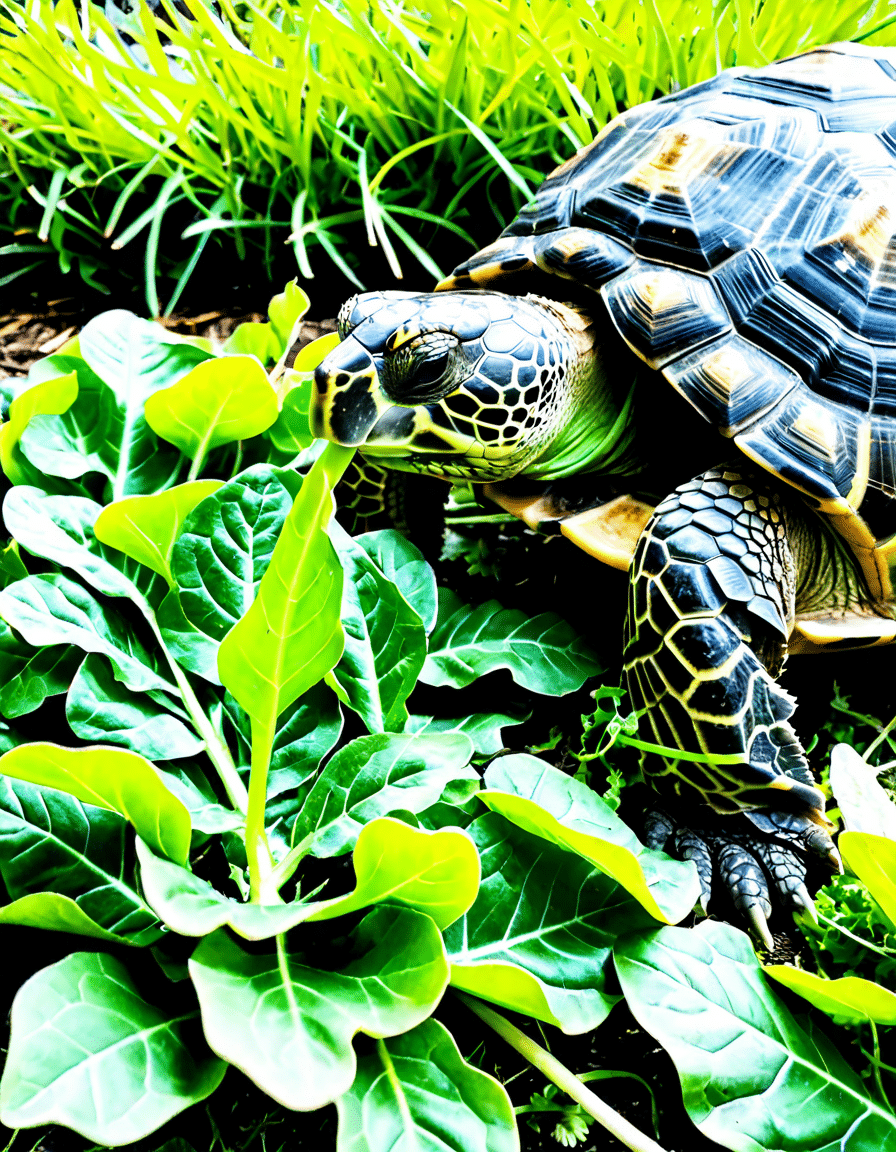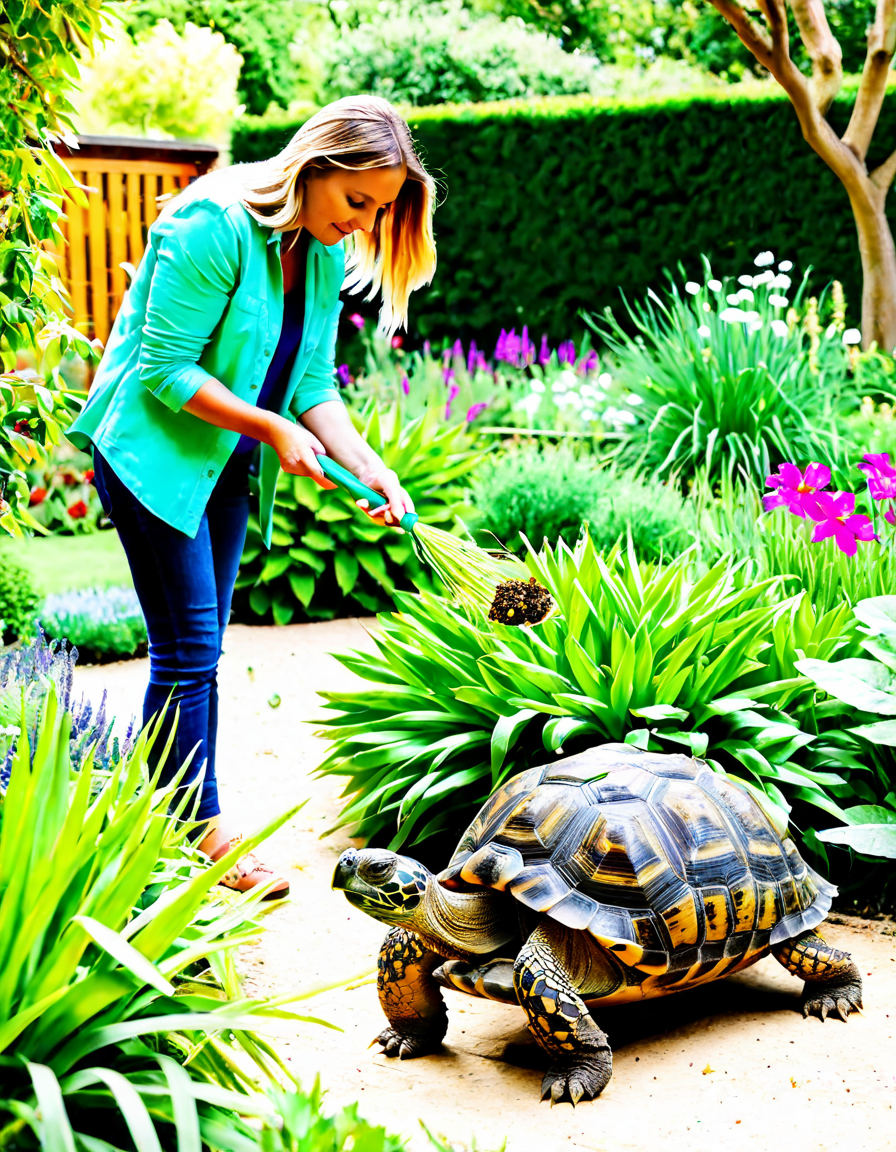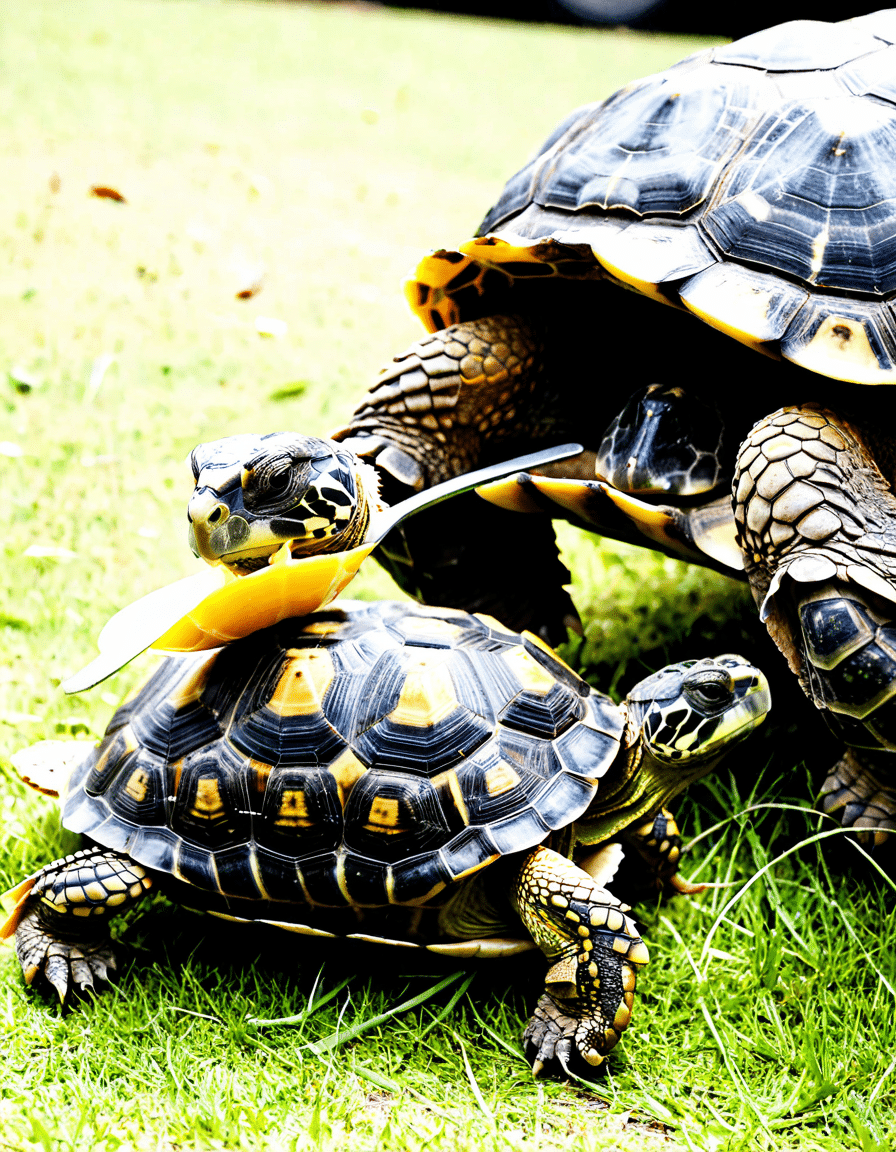Feeding a tortoise the right diet is crucial for its health and happiness. What do I feed a tortoise, you ask? They have specific dietary needs based on their species, age, and habitat. This article explores various foods, essential nutrients, and the overall diet required to ensure your tortoise thrives.
7 Essential Foods for Tortoise Health
When you’re thinking about what do I feed a tortoise, it’s vital to understand the specific foods that contribute to a balanced diet. Here are seven essential options to consider:
1. Leafy Greens
Leafy greens should be the cornerstone of your tortoise’s diet. Options like red leaf lettuce, collard greens, and dandelion greens hit the mark. But steer clear of high amounts of spinach and kale, as these can interfere with calcium absorption.
Tip: Offering fresh greens daily keeps your tortoise hydrated and provides essential vitamins. A variety of greens adds excitement to their meals, which they appreciate!
2. Flowers and Weeds
Edible flowers and organic weeds like clover and hibiscus are not just pretty; they also provide vital nutrients. Tortoises often enjoy foraging for these items, which mimics their natural behavior in the wild.
Surprising Fact: Flowers like nasturtiums are particularly loved by many tortoise species and add a splash of color to their diet.
3. Vegetables
Consider incorporating a small amount of vegetables into their meals. Bell peppers, squash, and carrots can be tasty additions. Just remember that these foods should only supplement their leafy greens, as they tend to be higher in carbohydrates.
Example: A daily diet rich in dark, leafy greens with the occasional squash is an ideal combo for your shelled friend.
4. High-Fiber Pellets
Commercially available tortoise pellets, like those from Zoo Med or Tetrafauna, are designed to meet your tortoise’s nutritional needs. Use these as an occasional component of their diet; they should never be the main dish.
5. Fruits
Fruits serve as excellent occasional treats. Options such as strawberries, melons, and bananas can delight your tortoise. But be cautious, as too much fruit can lead to obesity.
Caution: Limit fruit intake to avoid potential health problems. Think of fruit like dessert: delicious but not something to munch on all day.
6. Calcium Supplements
Calcium is vital, especially for tortoises kept in captivity. Sprinkle their food with calcium powder like Repashy’s SuperCal or offer a cuttlebone to ensure they get enough of this essential nutrient.
7. Water
Though not a food, water remains essential. Always provide a shallow water dish for drinking and soaking, particularly in warm climates. Hydration is key to your tortoise’s well-being.

How Much Would a Pug Cost Compared to a Tortoise?
You might be shocked to learn how pet costs stack up. For instance, if you’re wondering how much would a Pug cost, expect to shell out between $600 and $1,500 for a puppy, factoring in initial purchase, vaccinations, and care.
On the flip side, a tortoise’s initial cost might seem lower, typically ranging from $50 to $500 for species like the Russian tortoise. However, consider that ongoing costs can accumulate quickly for both pets.
Comparing Long-term Costs:
Ultimately, while both pets require a financial commitment, their needs differ considerably. This emphasizes the importance of researching before making a final decision.
Optimal Feeding Practices
Establishing a feeding routine is crucial for the well-being of your tortoise. Always provide fresh food daily and clean out uneaten portions to avoid spoilage. This helps to prevent health problems down the road.
Offering a varied diet not only guards against nutritional deficiencies but also keeps your tortoise engaged and happy. After all, who doesn’t love a little variety?
Understanding Species-Specific Diet Requirements
Different tortoise species, like the Sulcata or Galápagos, have their distinct dietary needs. Researching your specific tortoise type ensures their diet matches their unique preferences for optimal health.

Final Thoughts on a Happy and Healthy Tortoise
To guarantee your tortoise lives a vibrant life filled with joy, focus on a diverse diet that includes leafy greens, weeds, flowers, and occasional fruits. Factoring in species-specific needs is vital, as tortoises thrive on a variety of flavors and textures that mimic their natural foraging habits.
A well-fed tortoise is one that’s happy and healthy, paving the way for a long life. And remember, our furry friends are just as important, so if you’re ever wrestling with the question of how much would a Pug cost compared to a tortoise, know that both require love, care, and attention to live their best lives.
Feeling inspired? Don’t forget to check out great resources like the cast Of Vikings valhalla or enjoy the lighter side of life with some fun big booty Bitches content. And if you’re interested in health tips or pet advice, keep reading about vital topics like dog Worms Images or learn about common Parasites in swordfish. Whether you’re searching for mini teacup Puppies or unique pets like a blue eyed asian, knowledge is the key to being the best pet owner you can be.
What Do I Feed A Tortoise for Vibrant Health and Happiness
Feeding a tortoise isn’t just about tossing greens their way; it’s a whole intricate dance of nutrition. First up, most tortoises thrive on a diet that’s high in fiber and low in protein. Leafy greens, like kale and dandelion greens, are excellent staples. Ever heard of the famous actor Ken Marino? When he’s not busy in Hollywood, he’d probably have a blast feeding his tortoise veggies! But don’t worry, you won’t need an entourage to figure this out; just remember that variety is key.
The Importance of Variety
Switching up their diet keeps things fun and interesting—just like how the star Erick All often mixes up his roles. Along with greens, fresh fruits like strawberries and melons can sweeten the deal. However, fruits should be given sparingly, as tortoises don’t usually get sweets in the wild. You know, many new tortoise owners often wonder what do I feed a tortoise, thinking it’s all about simplicity when it’s quite the opposite—each bite plays a role in their overall health!
Special Considerations
One significant aspect to remember is that tortoises come from various habitats, which means their dietary needs can differ. For instance, Mediterranean tortoises thrive on a more fibrous diet, while tropical species may enjoy more succulent options. If you’re ever in doubt, just think of it like saving for college—much like preparing for Maryland 529, it’s essential to invest wisely for the future health of your shelled companion. So, next time you ponder over what do I feed a tortoise, keep variety, nutrition, and your tortoise’s specific needs at the top of your list!



